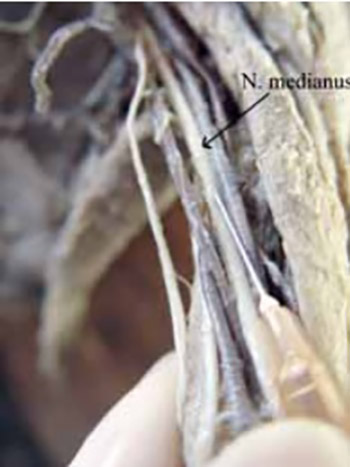Injection Pressure as a Marker of Intraneural Injection in Procedures of Peripheral Nerves Blockade
DOI:
https://doi.org/10.17305/bjbms.2006.3107Keywords:
regional anesthesia, blockade of peripheral nerves, intraneural injection, median nerveAbstract
The blockade of peripheral nerves carries a certain risk of unwanted complications, which can follow after unintentional intraneural injection of a local anesthetic. Up till today, the research of measuring injection pressure has been based on animal models, even though the histological structure of periphery nerve is different for animal and human population, so the application pressure which presages intraneural injection in human population is still unknown. As material in performing this study there have been used 12 Wistar rats and 12 delivered stillborns. After bilateral access to the median nerve, we applied 3 ml of 2% lidocaine with epinephrine, with the help of automatic syringe charger. The needle was at first placed perineural on one side, and then intraneural on the other side of both examination groups. During every application the pressure values were monitored using the manometer, and then they were analyzed by special software program BioBench. All perineural injections resulted with the pressure < or = 27.92 kPa, while the majority of intraneural injections were combined with the injectionpressure > or = 69.8 kPa. The difference between intraneural and perineural injection pressures for the two different examination groups (rats and delivered stillborns) was not statistically significant (P>0.05). As prevention from intraneural injections today are in use two methods: the method of causing paresthesia or the method of using the peripheral nerve stimulator. However the nerve injury can still occur, independent from the technique used. If our results are used in clinical practice on human population, than the high injection pressure could be the markerof intraneural lodging of a needle.
Citations
Downloads

Downloads
Published
How to Cite
Accepted 2018-01-31
Published 2006-11-20









